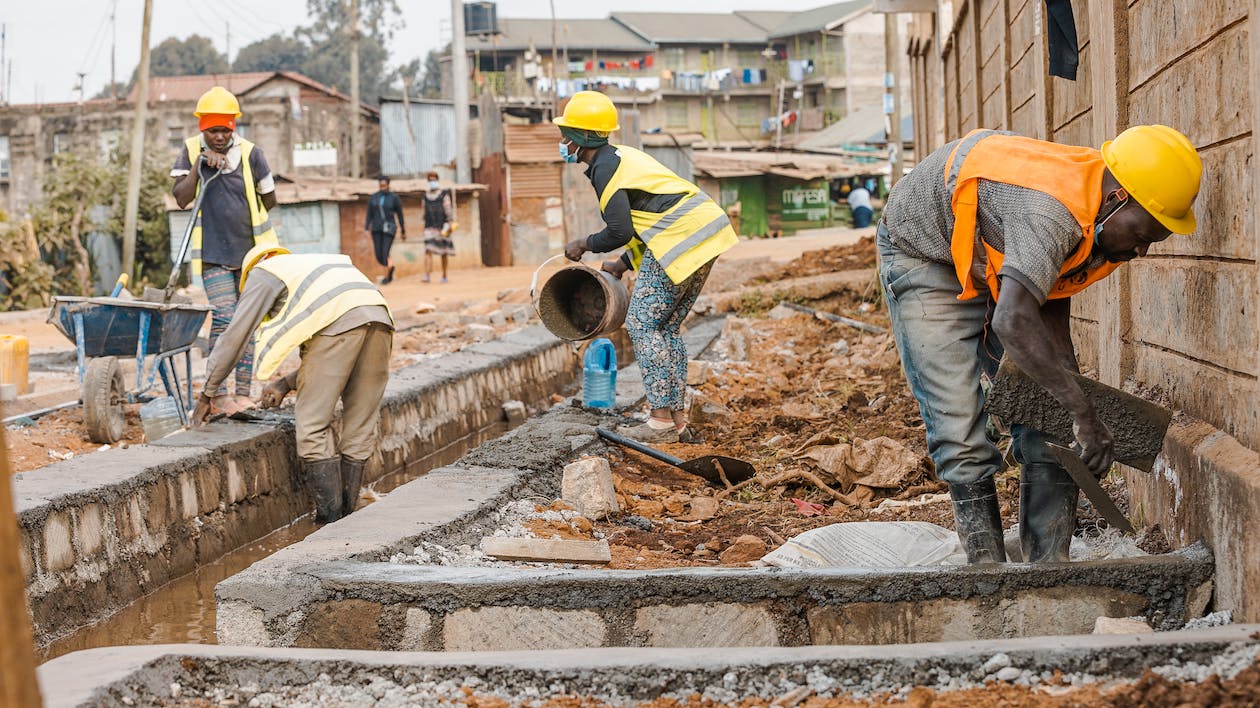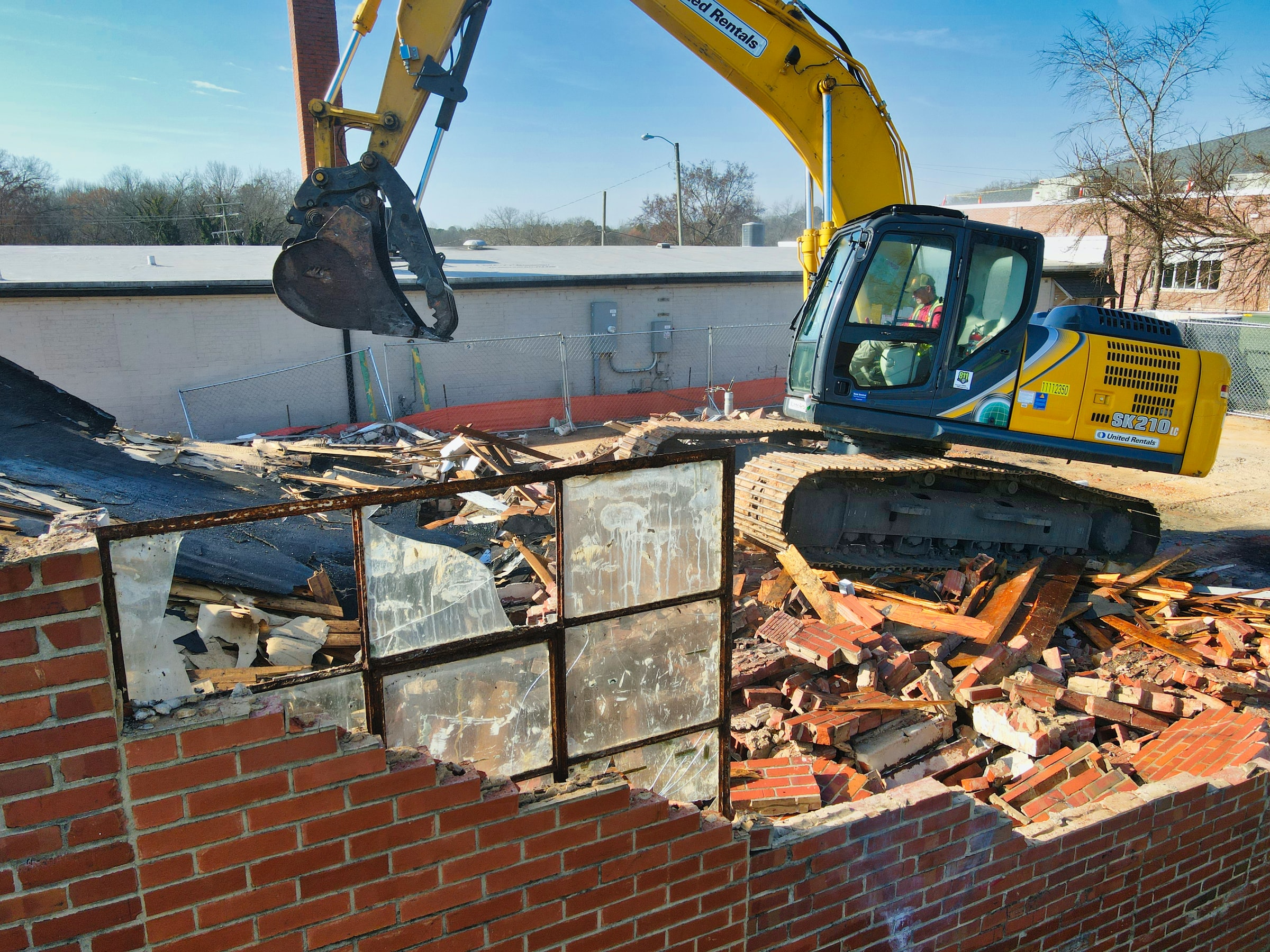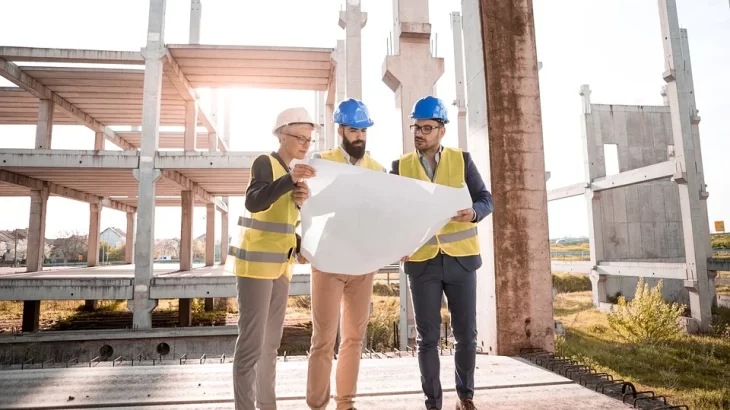The building and public works sector are one of the most waste-producing sectors. Indeed, whatever the scope of the work to be carried out (construction, renovation, demolition, etc.), it will generate waste that cannot be treated like a household waste. In fact, some of them can be reused, and others not.
Moreover, if it is a demolition site, the waste generated must be properly sorted since some debris is considered hazardous to the environment and health. In any case, construction site waste management is governed by very strict regulations. Discover in this article more details on this subject.
Construction site waste management: what does the law say?

Due to the degradation of the environment, the reduction of waste production has become a major issue in the world. Thus, household waste and waste generated by industries must be sorted in order to be recycled. To this end, specific provisions have been taken, and the policy of waste revalorization has been put in place.
The same applies to waste from the construction sector, which, according to a study conducted, produces more than 250 thousand tons of waste per year. The objective is that at least 70% of this waste be recycled. The regulations concerning the management of construction waste also include sorting. Indeed, these are classified into two categories.
Non-hazardous waste
The wastes considered non-dangerous are:
-
- Cardboards and packagings
-
- Bricks and tiles
-
- Concrete
-
- Glazing
-
- Plastics, plastics, metals
On the other hand, even though rock, glass wool, and plaster waste are minerals, they are not included in this category. Be aware that inert waste generated by construction works can reach more than 70% of the waste of a building site. However, their revalorization allows them to be reused for other purposes in other sectors. For example, rubble can be recovered and used as material for earthworks after crushing.
Hazardous waste
These types of waste are dangerous for health but also for the environment. The most common are:
-
- Heavy metals
-
- Mineral oils
-
- Solvents, paint cans
-
- Asbestos waste
-
- Fuels
Contrary to non-hazardous waste, they must be transported and treated at a specialized site.
Who has to take care of the waste management of a building site?

According to the legislation, the evacuation of the waste of the building site is the responsibility of the author of the work. Therefore, if you have called upon the services of a professional who will take care of this task, the cost and the total volume of the estimated waste must be specified in the estimate provided by the company. As well as the modalities concerning their management (removal, point of routing, etc.).
On the other hand, if you took care of the work yourself, it would be up to you to take care of the management of the generated building site waste. If this is the case, you need to think about how you will proceed. To begin with, find out which sorting center and waste disposal center is near the construction site. Each category of waste must be treated differently.
Know that you are not obliged to have the waste transported every day. You can store it on the construction site and then take it to a specialized place. However, to do this, you must use a skip to store inert waste and a perfectly watertight container for those considered hazardous. You should also think about buying rubble bags or renting a dumpster if the volume of waste is large enough.
The cost of waste disposal is also calculated per unit weight. Hazardous waste is more expensive because its management and disposal are regulated. The evacuation of one ton of this waste is estimated to be between 250 and 1300 dollars. Think of investing between 5 and 150 dollars per ton for inert waste.
Sound off in the comments section below, and tell us what you want to read next and if you want to read more about construction waste.



















